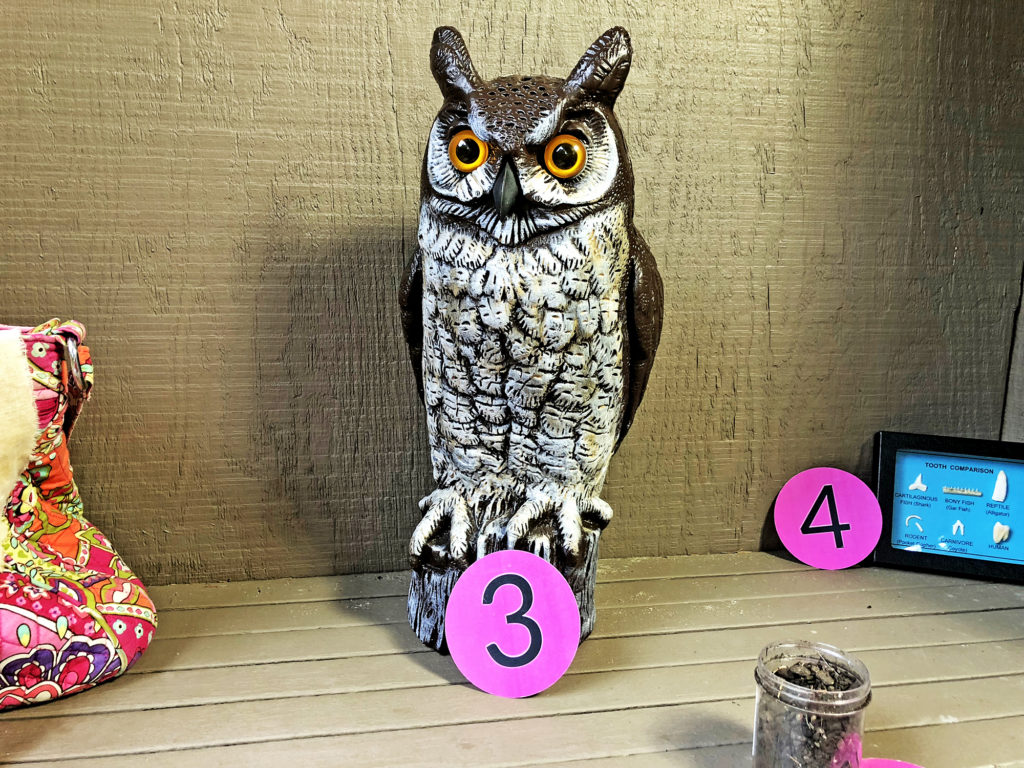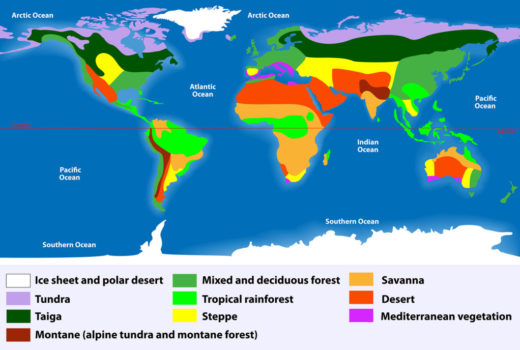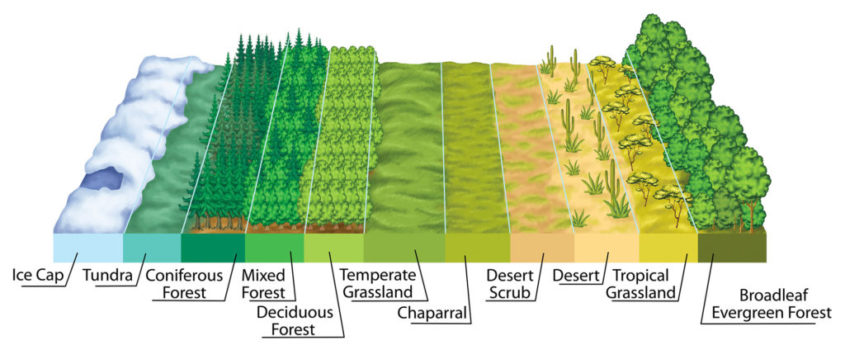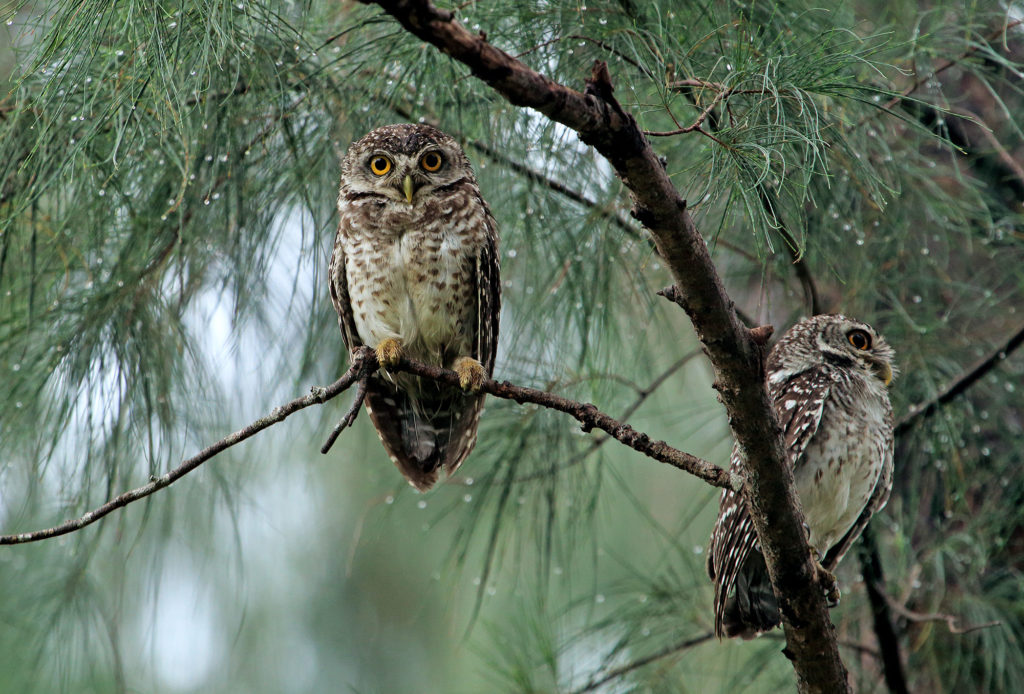
Habitats
Habitats
Animal structures and behaviors relate to survival in habitats with various climate conditions.
Learning Outcome: Describe climate characteristics of various habitats and match these characteristics to corresponding animal adaptations.


Terrestrial animals are found within large biomes with ranges of temperature and precipitation.
Within these large biomes are smaller habitats with more specific climate characteristics and vegetation.

Animals have specific structures and behaviors that enable them to survive in particular habitats. When choosing locations for your field work, consider selecting a variety of settings.
We’re going to use owls as an example of species differences related to habitat.
Watch this video; you can select the closed captioning “cc” option if you would like to see the text.
We’re going to look at three different species of owls:
one that live in the high desert
one that lives at elevation in snowy tundra
and one that lives in old-growth coniferous forests
What type(s) of structural or behavioral differences do you expect to see?
There are a variety of owl species in the PNW (Pacific northwest), including the burrowing owl, snowy owl, and spotted owl.
Burrowing owls are small owls that nest underground in the high desert.
Snowy owls have white feathers that camouflage them from potential prey.
The threatened spotted owl has a mottled feather pattern that camouflages it in tree branches.

Owls leave evidence of what they have been eating in their habitats. These pellets are from owls that live in the Willamette Valley prairie and oak savannah.
Watch this video; you can select the closed captioning “cc” option if you would like to see the text.
Owl pellets not only indicate what an owl eats and the types of small animals that live in their range, they also give clues about the overall habitat the animals are found within.
The next section classifies organisms based on what the do within their habitat, their functional classification.











